A New Study Reveals How Dark Matter Dominated the Early Universe
During the 1970s, while probing distant galaxies to determine their mass, size, and other characteristics, astronomers noticed something interesting. When examining the rate at which these galaxies rotated (their rotational curves), they found that the outer parts were rotating faster than expected. In short, their behavior suggested that they were far more massive than they … Continue reading "A New Study Reveals How Dark Matter Dominated the Early Universe" The post A New Study Reveals How Dark Matter Dominated the Early Universe appeared first on Universe Today.

During the 1970s, while probing distant galaxies to determine their mass, size, and other characteristics, astronomers noticed something interesting. When examining the rate at which these galaxies rotated (their rotational curves), they found that the outer parts were rotating faster than expected. In short, their behavior suggested that they were far more massive than they appeared to be. This led to the theory that in addition to stars, gas, and dust, galaxies were surrounded by a “halo” of mysterious, invisible mass – what came to be known as Dark Matter (DM).
It was famed astronomer Vera C. Rubin, for whom the Vera C. Rubin Observatory (formerly the LSST) is named, who first proposed that DM played an important role in galactic evolution. Astronomers have since theorized that DM haloes must have existed shortly after the Big Bang and were integral to the formation of the first galaxies. In a recent study, an international team examined the core regions of two galaxies that existed 13 billion years ago. Their observations confirmed that DM dominated the haloes of these quasars, offering fresh insight into the evolution of galaxies in the very early Universe.
The research team was led by Qinyue Fei, a graduate student and visiting researcher from Peking University, and his colleagues from the University of Tokyo’s Kavli Institute for the Physics and Mathematics of the Universe (Kavli IPMU). They were joined by researchers from Peking University’s Kavli Institute for Astronomy and Astrophysics (KIAA-PKU), the Center for Astrophysical Sciences at John Hopkin’s University, the Kavli Institute for Cosmology, Cambridge (KICC), multiple observatories and universities. Their study was published on February 5th in The Astrophysical Journal.

Using data from the Atacama Large Millimeter/submillimeter Array (ALMA), the team was able to visualize the emission line of ionized carbon (C II) in two galaxies located 13 billion light years away. Like the “hydrogen line” (H I), this refers to the spectral line created by the transition of elemental carbon into ionized carbon. This way, they were able to study the gas dynamics within the Active Galactic Nuclei (AGNs, or quasars) of these very early galaxies. The active nature of these galaxies indicates that they have supermassive black holes (SMBH) at their centers.
They then employed numerous models to determine the velocity of the gases (nonparametric) the mass distribution (parametric) of the galaxies. This was assisted by DysmalPy and 3DBarolo, two software tools specifically designed to measure the rotation curves of galaxies. According to their results, which captured the rotation curves from the inner regions to the outskirts, DM accounted for about 60% of these early galaxies. “Vera Rubin provided the first evidence for dark matter using the rotation curves of nearby local galaxies. We’re using the same technique but now in the early Universe,” said Kavli IPMU Professor (and study co-author) John D. Silverman.
Interestingly, previous studies of galaxies in the early Universe revealed a low mass fraction of DM in their outskirts. However, the data obtained by Fei and his colleagues showed a flat rotational curve, similar to massive disk galaxies observed in the local Universe. The team’s findings shed light on the intricate relationship between DM matter and SMBHs and offer crucial hints as to how galaxies evolved from the early Universe to what we observe today.
Further Reading: IPMU, The Astrophysical Journal
The post A New Study Reveals How Dark Matter Dominated the Early Universe appeared first on Universe Today.




























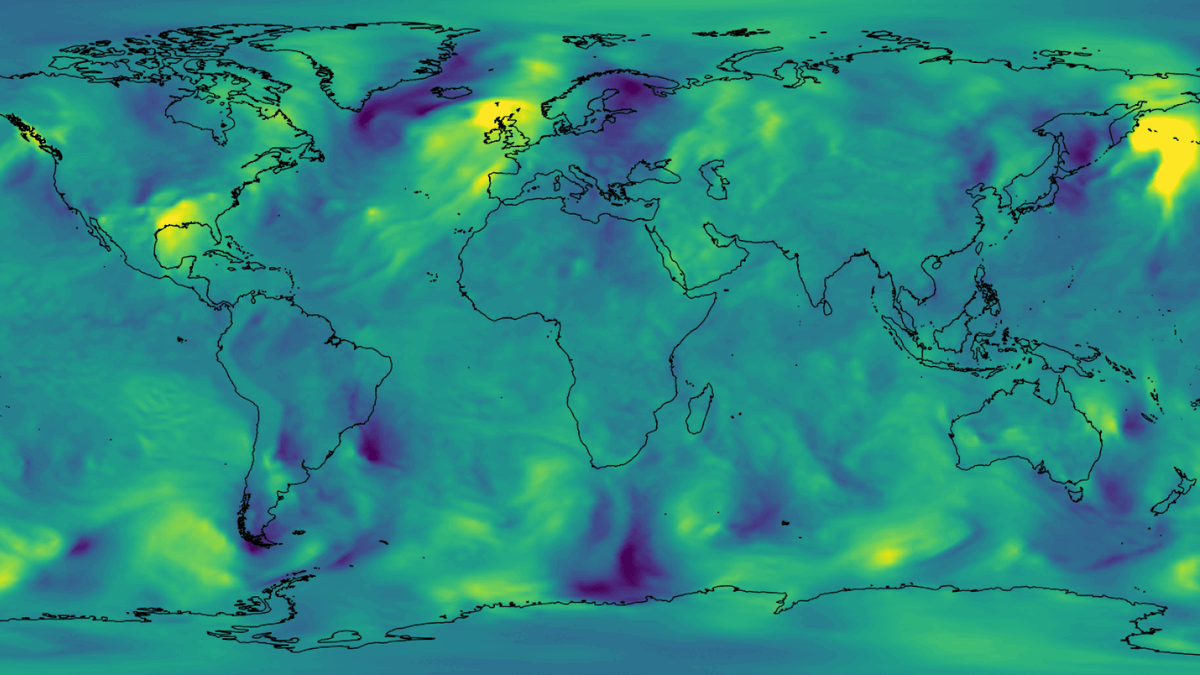





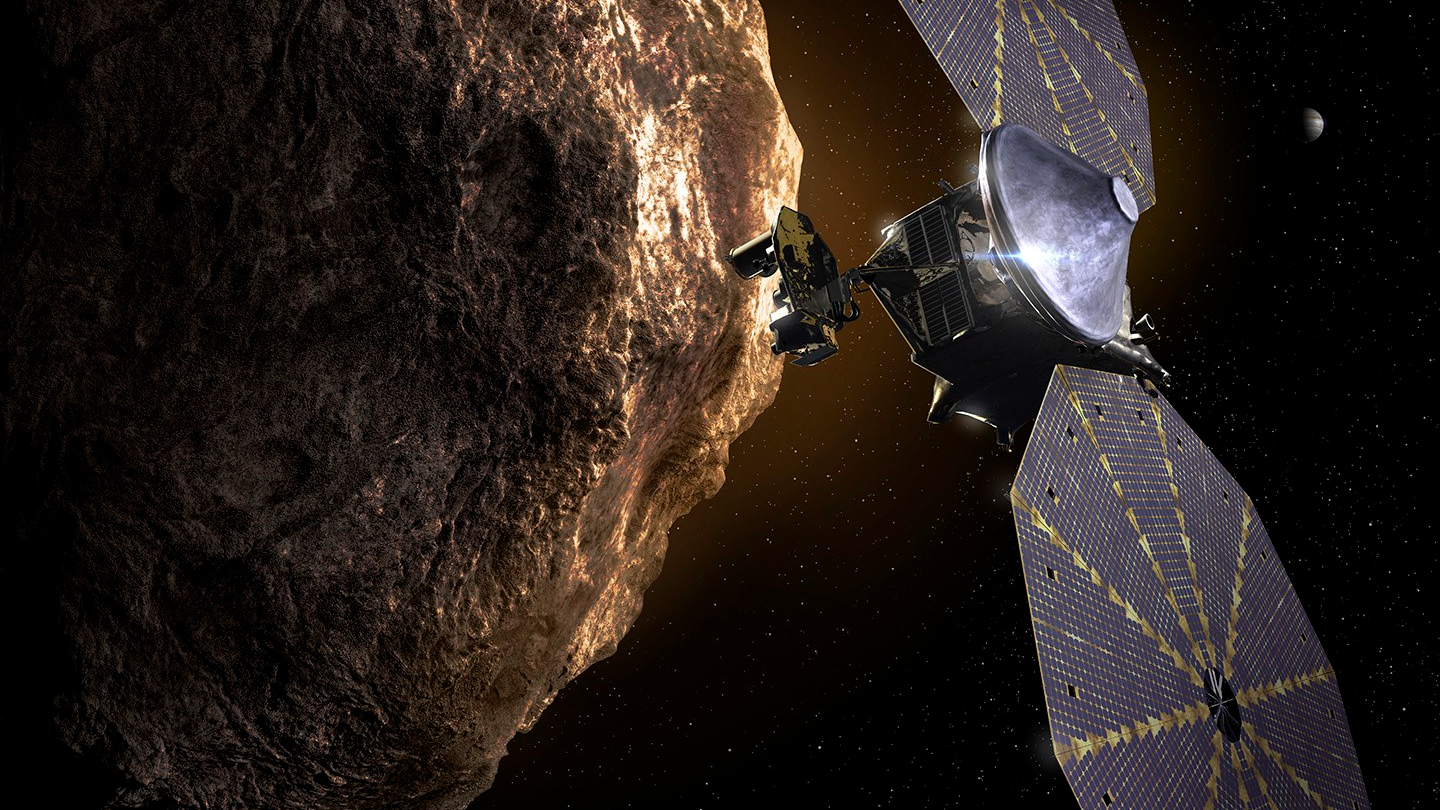
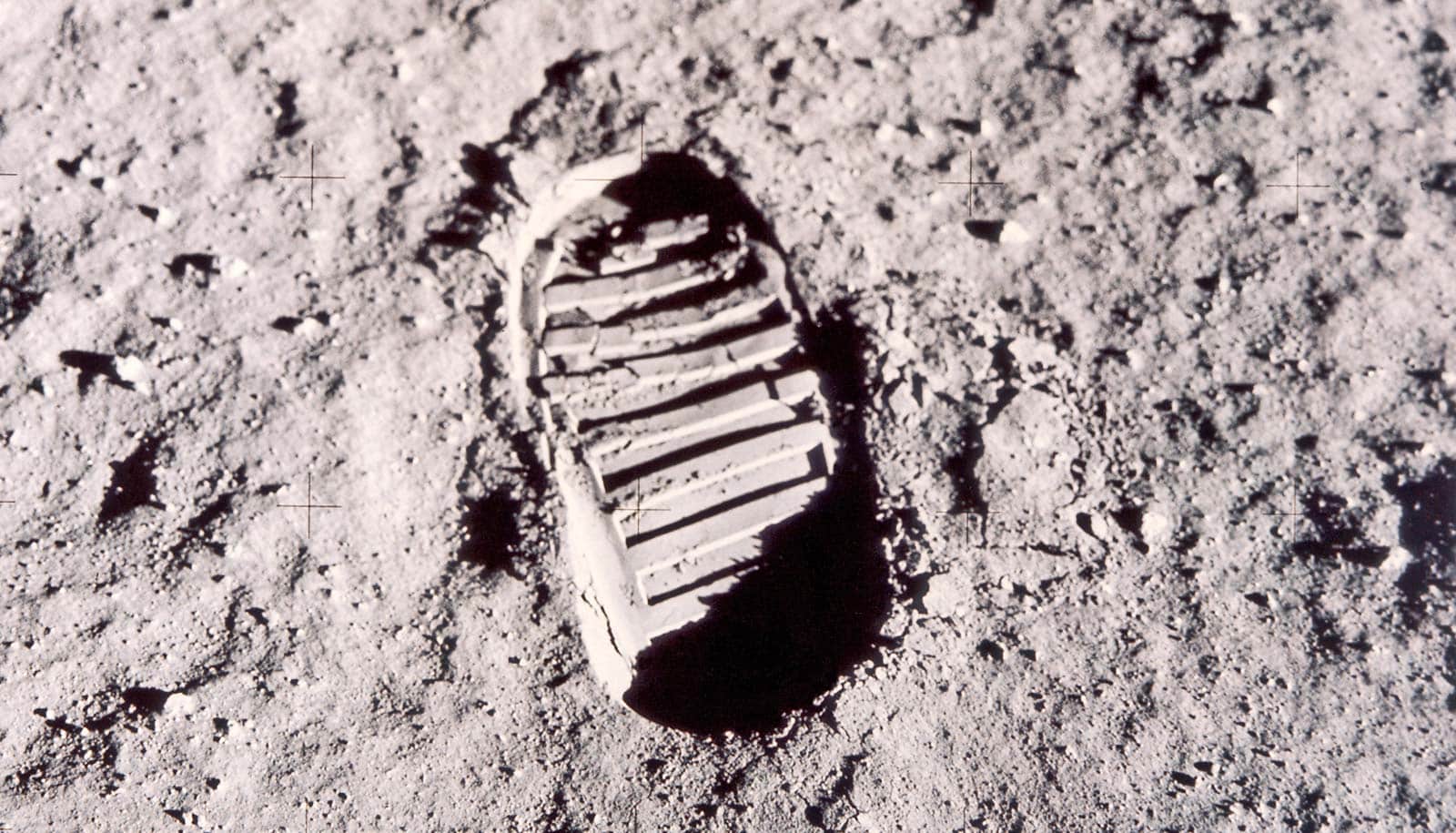



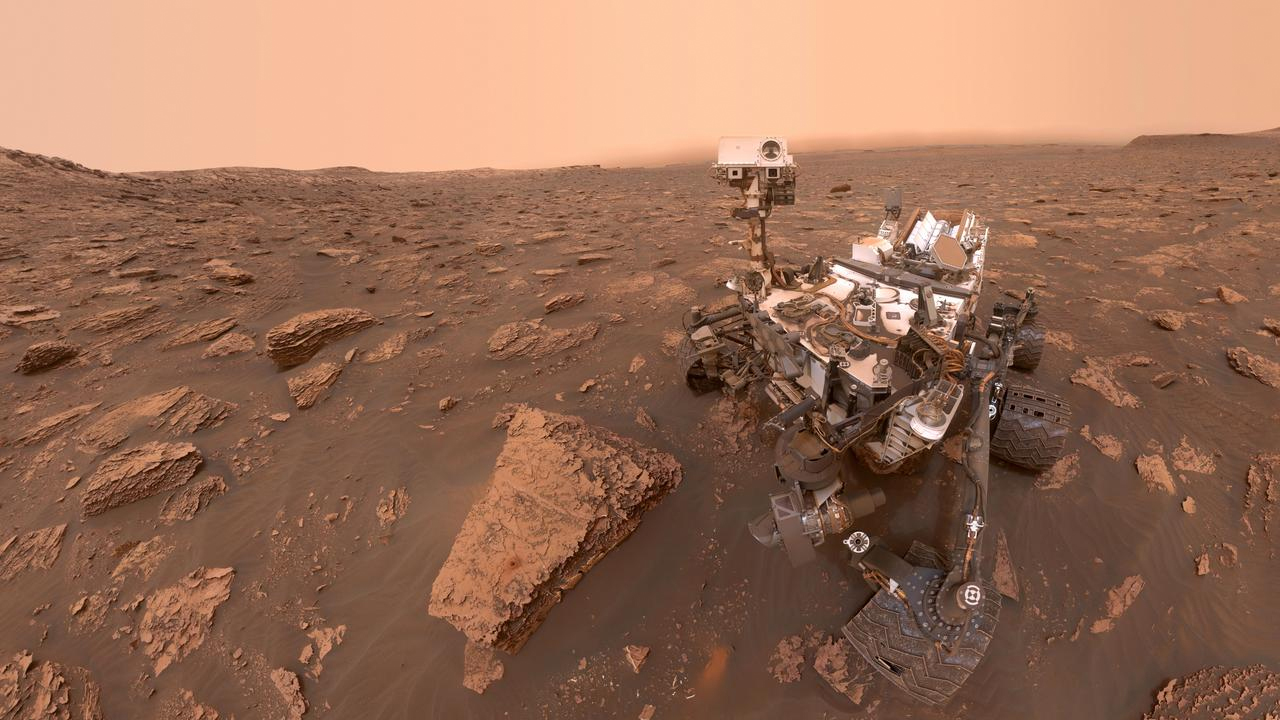
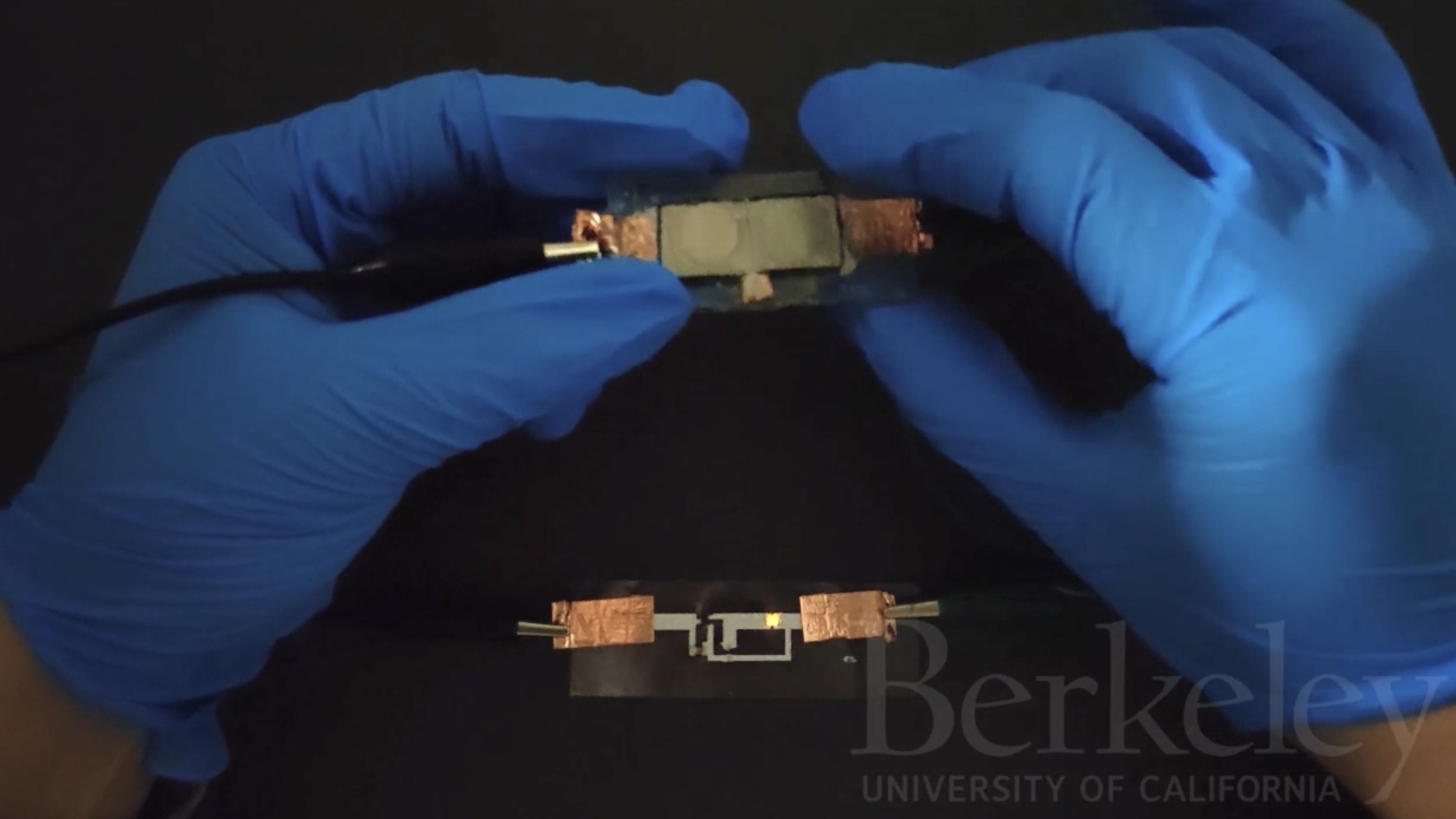

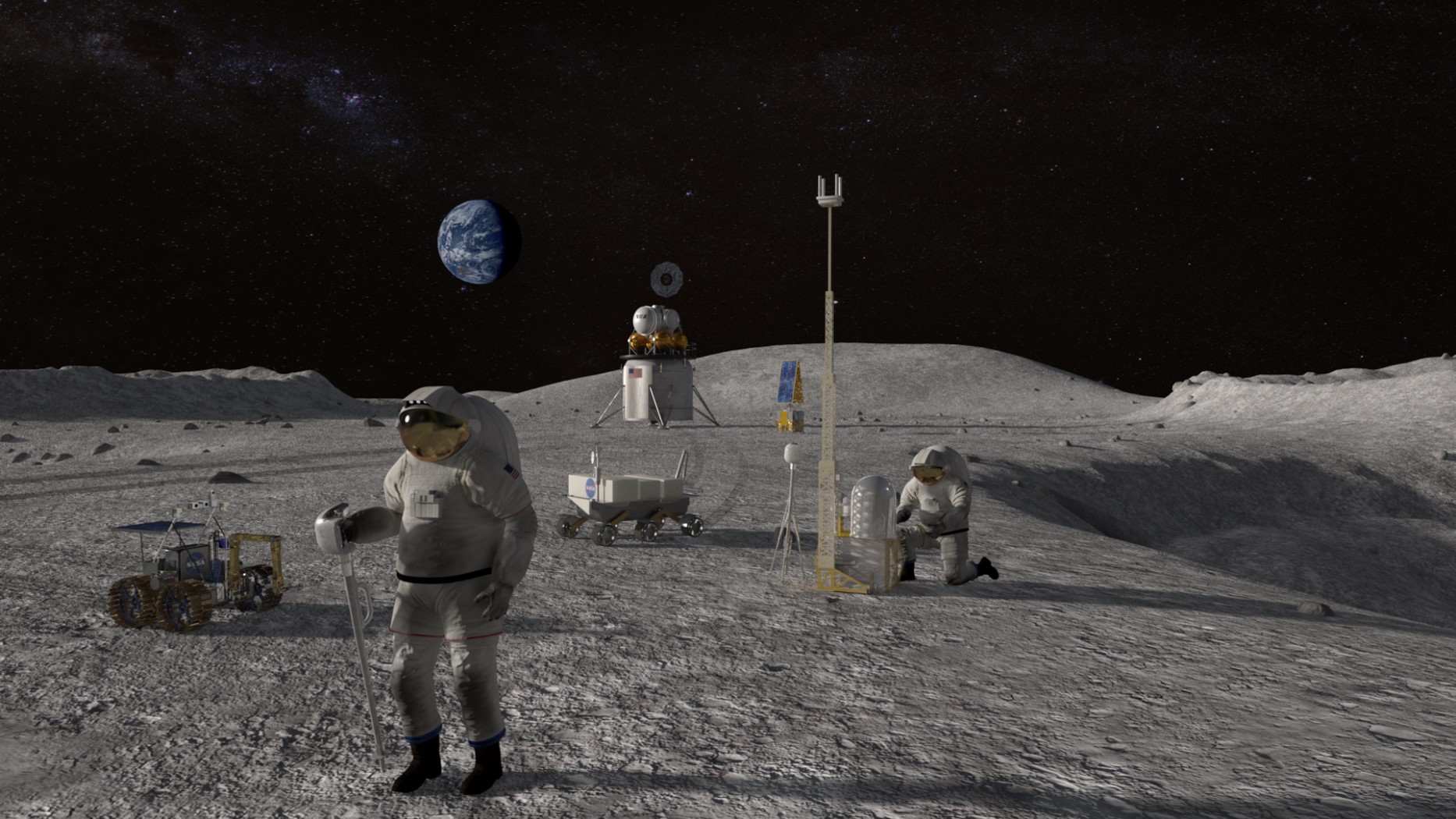






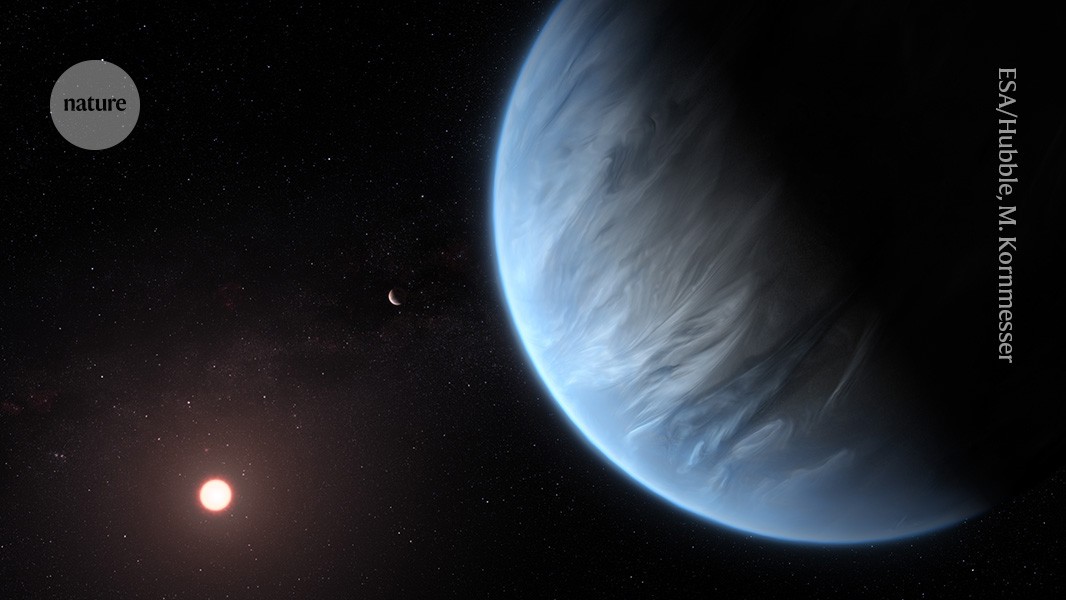












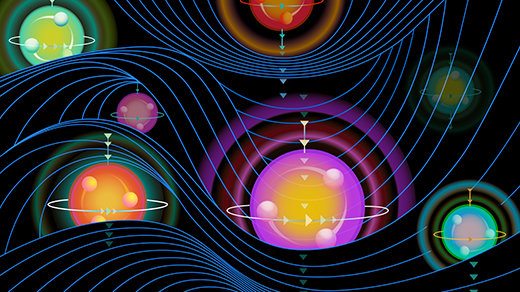
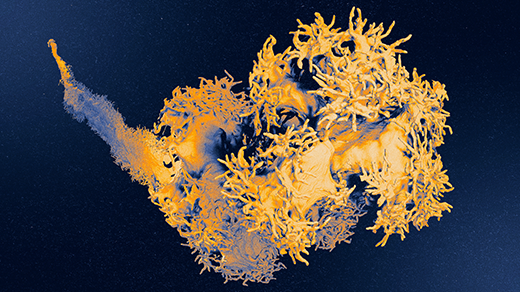





.jpg)


















































![The breaking news round-up: Decagear launches today, Pimax announces new headsets, and more! [APRIL FOOL’S]](https://i0.wp.com/skarredghost.com/wp-content/uploads/2025/03/lawk_glasses_handson.jpg?fit=1366%2C1025&ssl=1)
















